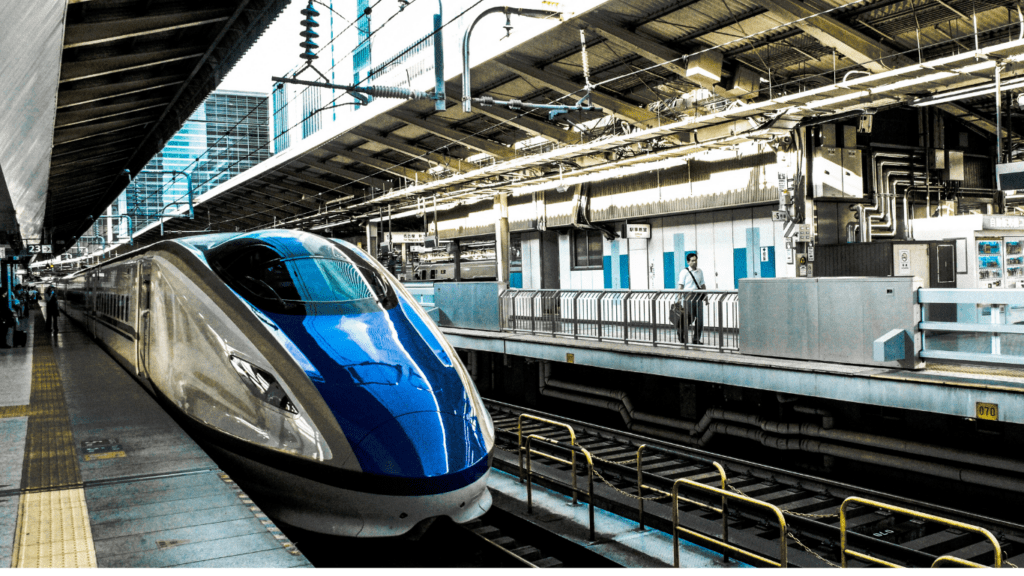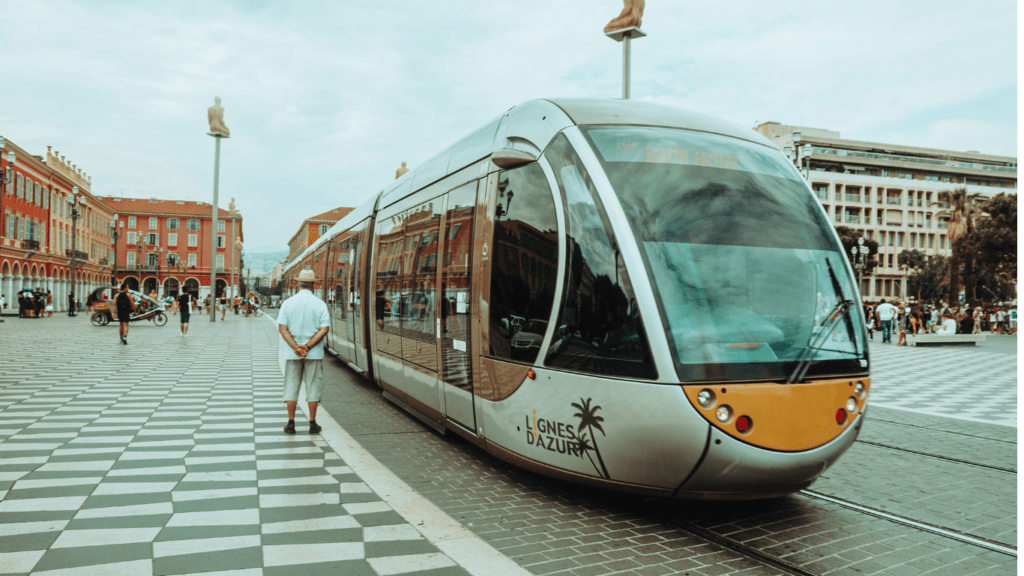The Emergence of Hyperloop Technology
What Is Hyperloop?
Hyperloop represents an advanced mode of transportation involving high-speed transit tubes.
Proposed initially by Elon Musk in 2013, Hyperloop aims to transport passengers or cargo in pods that hover within reduced-pressure tubes at near-supersonic speeds.
The main objective centers on achieving rapid point-to-point travel, with theoretical speeds reaching over 700 mph (1,126 km/h).
This concept envisions a future where travel times between cities can be drastically reduced, transforming how we experience long-distance travel.
How Does Hyperloop Work?
- Hyperloop utilizes magnetic levitation (maglev) and vacuum technology to achieve high speeds.
- Maglev technology lifts and propels the pods using powerful magnets, reducing friction and allowing smooth acceleration.
- By enclosing the pods in low-pressure tubes, air resistance is minimized, significantly boosting speed and efficiency.
- For instance, a journey that usually takes several hours could be completed in minutes.
- Multiple companies, including Virgin Hyperloop and Hyperloop Transportation Technologies, are actively developing prototypes, rigorously testing safety and feasibility to make this futuristic travel mode a reality.
Potential Impact on Global Transportation
Environmental Benefits
Hyperloop technology ensures a significant reduction in carbon emissions.
Unlike traditional trains and airplanes utilizing fossil fuels, Hyperloop systems primarily rely on renewable energy sources.
Solar panels installed along the route generate clean energy for propulsion. Estimates suggest a substantial drop in greenhouse gas emissions, positively impacting global climate goals.
Additionally, the minimized land usage and infrastructure footprint reduce environmental disruption.
Speed and Efficiency Improvements
Hyperloop promises unprecedented speed and efficiency. With travel speeds reaching up to 700 mph, the system drastically cuts travel times between major cities.
For example, a trip from San Francisco to Los Angeles, typically over 6 hours by car, would take around 30 minutes via Hyperloop.
This high-speed connectivity boosts economic productivity by facilitating faster business travel and cargo transport.
Furthermore, the system’s efficient energy usage lowers operational costs, making it an economically viable transportation option.
Challenges Facing Hyperloop Technology

Technical Challenges
Hyperloop technology faces several technical challenges.
Maintaining the near-vacuum environment inside the tubes is critical for reducing air resistance, but sustaining such a vacuum over long distances requires advanced engineering solutions.
Integrating magnetic levitation (maglev) for propulsion necessitates precise synchronization of superconducting magnets, which demands high levels of accuracy and reliability.
Additionally, developing energy-efficient solutions for the complex systems within the Hyperloop, such as :
- airlocks
- pressurization systems
poses another significant hurdle.
Regulatory and Safety Issues
Regulatory and safety issues are major barriers. Governmental bodies haven’t yet established comprehensive regulations for this emerging technology.
Without clear guidelines, obtaining necessary permits and approvals remains challenging.
Ensuring passenger safety is another critical aspect.
The high speeds and unique operational environment of the Hyperloop make traditional safety measures inadequate, requiring the development of new standards for emergency protocols, evacuation procedures, and structural integrity.
Beyond Hyperloop: Innovations Shaping the Future
Autonomous Vehicles
Autonomous vehicles are transforming transportation by minimizing human intervention in driving.
Companies like:
- Tesla
- Waymo
are at the forefront of developing self-driving technology, aiming for Level 5 automation where cars operate without human input.
These vehicles use advanced sensors, machine learning, and real-time data analytics to navigate complex road conditions.
Autonomous fleets could significantly reduce traffic accidents and congestion, improving overall road safety.
Sustainable Fuel Alternatives
Sustainable fuel alternatives are crucial for reducing greenhouse gas emissions in transportation.
Electric vehicles (EVs) using lithium-ion batteries are gaining popularity, with manufacturers like :
- Tesla, Nissan
- Chevrolet
leading the charge.
Hydrogen fuel cells also present a promising alternative, offering faster refueling times compared to EVs.
Biofuels derived from organic materials, such as ethanol and biodiesel, provide another renewable energy source.
These alternatives reduce dependency on fossil fuels and contribute to a more sustainable and eco-friendly transportation system.

